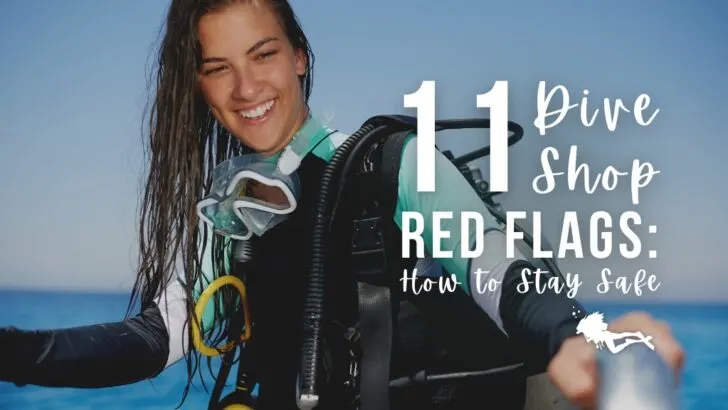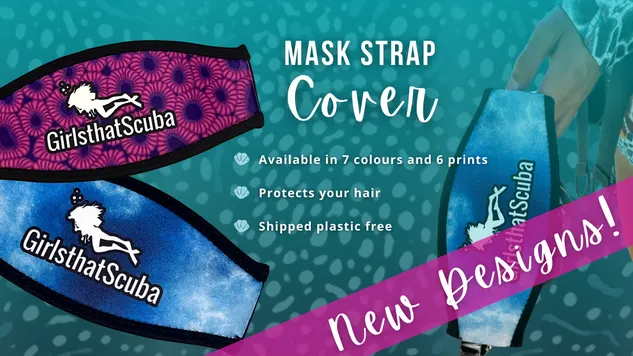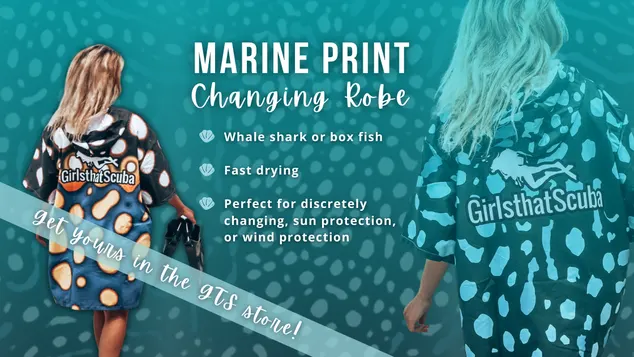When you’re a brand new scuba diver, it’s hard to know what to look out for when choosing a safe dive shop. Experienced divers would know these red flags a mile off, but what if you’re just starting your first course or even just trying diving for the first time?
These are some red flags to look out for in dive shops and operators. Signals like these ones suggest things might not be as safe as they should be. If you spot any of these, you can ask the dive operator for answers first.
If you need to take things further, such as reporting to a certification agency, we have a guide for that too. Let’s dive in to help you choose a safe dive shop!
1. They’re not affiliated with a training agency
The vast majority of dive centres around the world will be affiliated with a training agency. Some of the most common names you’ll see are PADI, SSI, SDI/TDI, RAID, GUE, and NAUI, to name a few.
Divers have their preferences when it comes to certification agencies, but ultimately they’re all trying to achieve the same goal – training safe divers. They’re also overseen by a council (WRSTC) which standardises entry level courses.
Choosing a shop which works with a training agency means that they’re expected to keep to a certain standard of safety and service. It also covers you if you experience any issues, as you have a higher authority to report to.
However, not all dive shops are created equal, even if they are registered with a specific agency. If something feels off, you can check the dive operator against the training agency’s website. They should be clearly listed. Most of the major agencies publish a regular list of dive shops and individual instructors which are no longer affiliated with them.
2. You’re in a huge group of students
When you’re learning to dive, you’re learning skills to keep yourself alive underwater. It’s important that you’re taught well. If you’re in a massive group of students it’s unlikely you’re receiving the level of training you deserve!
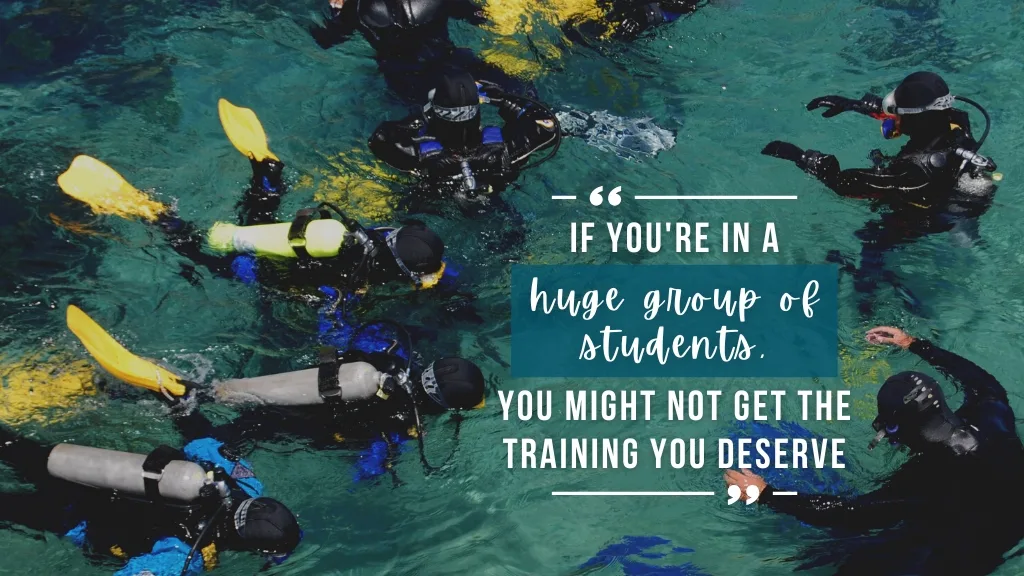
Training agencies have a maximum number of students which can be supervised by one instructor at a time. Whilst some agencies will allow ratios up to 1:8, you probably want to be in a smaller group than this. When you’re signing up for a course, you’re within your rights to ask how many people are likely to be in your group.
3. They don’t ask you to fill out any paperwork
Dive shops should be asking you to complete sign up paperwork. This is likely to include a liability form, and a medical questionnaire. It’s important that you fill out the medical questionnaire fully and honestly. If you have a medical condition which may affect diving, you’ll need to be signed off by a doctor. These days it isn’t always physical paperwork – you may be asked to fill in these forms virtually.
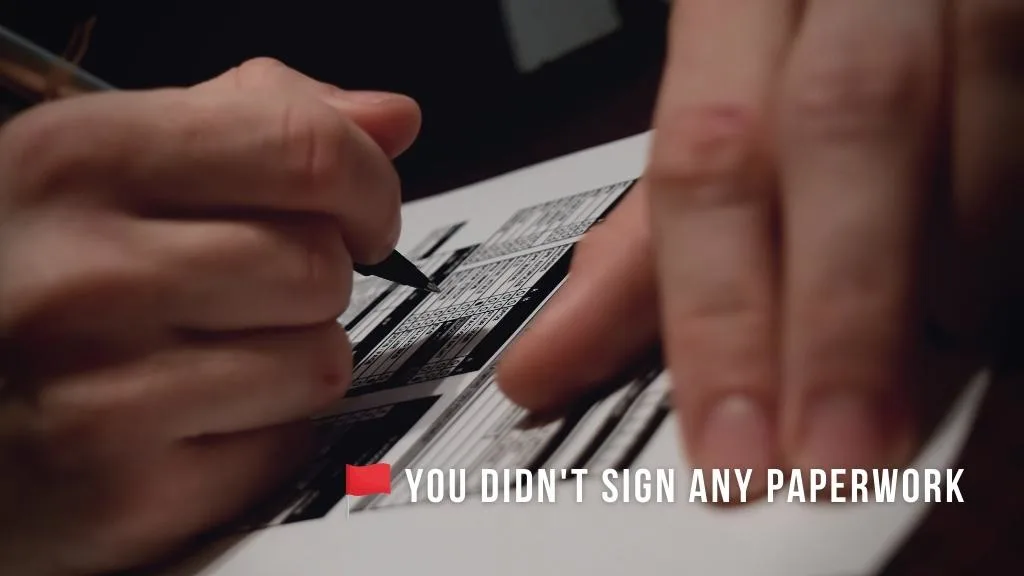
If you’re already a certified diver, they should also ask to see your certification card. If a dive shop skips these important steps, that’s a serious red flag!
4. The rental equipment looks old, damaged, or dirty
Equipment problems might seem insignificant at the surface, but a small leak above land could be a big problem at depth. If you’re a brand new scuba diver, or perhaps just doing a try dive, it’s tougher to tell what’s safe and what’s not.
Look for visible signs of wear, such as faded BCDs (the jacket you’ll be wearing), or ripped wetsuits. Fading isn’t necessarily bad, but could mean the equipment is older, not well cared for, and more likely to have leaks or problems.
You’ll spend time in the pool or another controlled environment first. If you notice a small leak or equipment problem there, a safe dive shop will be more than happy to listen to your concern and change the gear. A safe dive shop will also gladly tell you what they do to ensure your rental equipment is clean.
5. They don’t encourage you to check the rental equipment
Are you renting equipment as a certified diver? You should be encouraged to check your equipment yourself, even if it’s assembled for you as part of the service. A sub-par dive operation might put your gear together and put it straight on the boat. You don’t want to discover a leaky or free-flowing regulator just before you jump in!
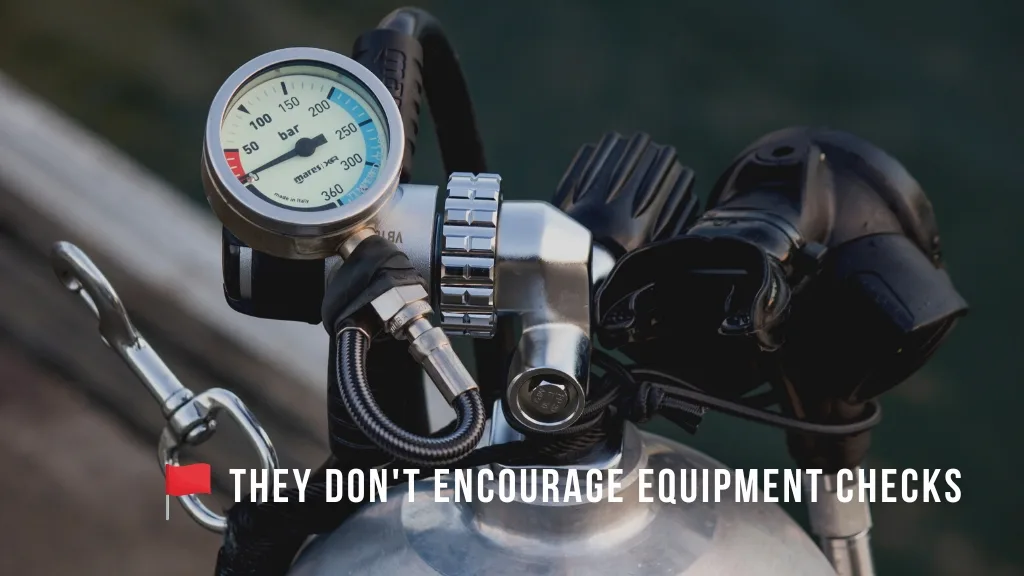
It might be tempting to cruise along in holiday mode, but take this opportunity and take responsibility for your own safety. If something’s amiss, they should change it for you.
6. They don’t allow you to check your own gas
Here’s another one for the certified divers. If you’re scuba diving with enriched air nitrox, don’t blindly accept that the percentage is what they say it is. You should always be given the opportunity to check your own gas. This might mean you using the analyser yourself, or you directly witnessing a member of staff checking the oxygen percentage.
Once the gas has been analysed, you should be asked to sign a log. This will likely include your name, the date, the oxygen percentage, your maximum operating depth, and your signature. If they don’t allow you to check the gas, you should reject the cylinder and refuse to dive with it.
There’s an argument to say that we should be checking every single cylinder we dive with. Even if it’s supposed to be air, you never know when you may have been accidentally given nitrox. If you want to be really safe, carry your own O2 analyser.
7. The compressor could be pulling in contaminated air
This one’s a tougher diving red flag to spot, but an important one. Compressors work by pulling air in from an outside source. This air is filtered before it’s compressed, but there are some contaminants (such as gases like carbon monoxide) which won’t be filtered out. If you see a compressor which is close to a car park, or other potential source of contaminants, that’s a sign that safety isn’t being prioritised.
8. You weren’t given a briefing
Skipping briefings is a huge red flag. You should be given a safety briefing for the dive shop or boat, as well as a specific briefing for the dive itself. If you’re trying diving for the first time, you should also be given a briefing before you enter the pool or controlled environment.
Boat briefings may also include a roster. They may check who’s on board when you leave land, and take a roster to check who’s back on board after the dive is finished. If they don’t do a roll call, that’s not necessarily a red flag. The dive boat may use another way of checking you’re all safely back from the dive. If you question it, they should gladly tell you how they check divers in and out.
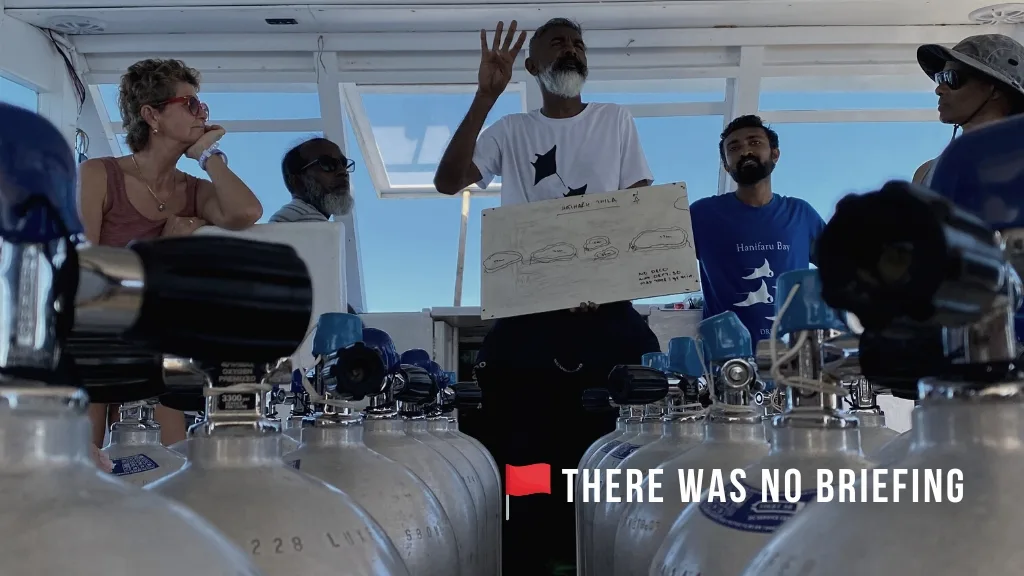
A great dive briefing should include a number of safety points. You should be assigned a dive buddy, and you should be told what happens in an emergency. These emergency procedures should include what to do in an out of air scenario, what to do if you lose a buddy, and how to abort or cancel a dive. Remember, any diver can cancel a dive at any time, for any reason.
9. You don’t know who’s in charge
That all-important briefing should also include telling you who’s responsible. If you’re completing training, your instructor is responsible for you. However, there may also be somebody else overseeing the boat. You should have an idea who’s in charge of the day’s activities.
10. The emergency oxygen isn’t visible and accessible
Listen out in that boat or dive shop briefing – you should be told where the emergency oxygen is located. It should be visible and easily accessible. Oxygen kits are often kept in large, green boxes to be seen easily. If you have any doubts over the safety, you can also ask when the oxygen kit was last tested.
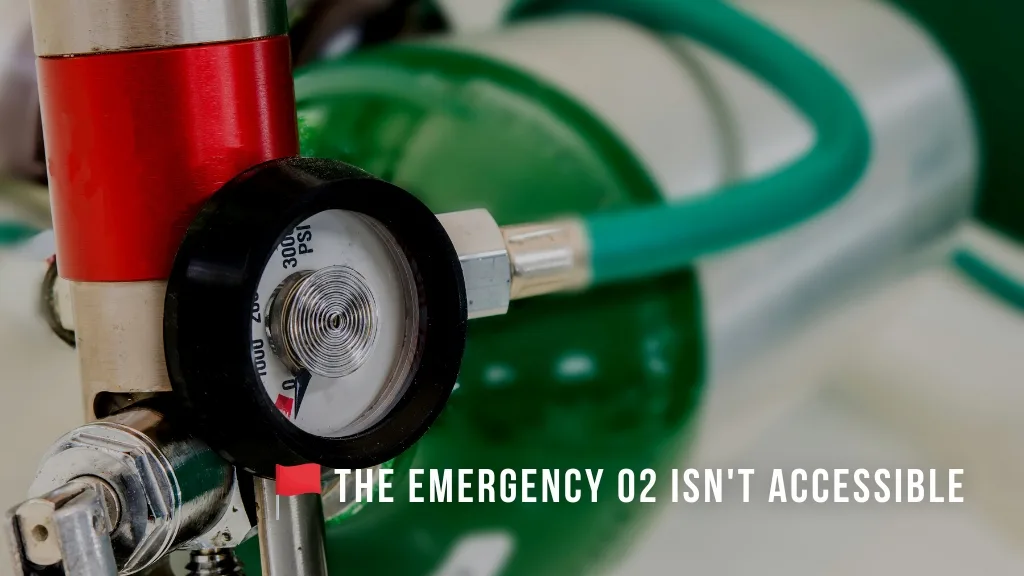
You should also be told the location of first aid equipment, and a phone or other form of contact for emergencies. If you’re diving from shore, this emergency equipment may be kept in a van, truck, or other form of transport.
11. You don’t know what would happen in case of emergency
All dive operators should have an emergency action plan. This is regularly updated to ensure they know the steps if a dive emergency occurs. If you ask, they should be able to give you an idea of this plan. Many dive operators will have some form of this plan on display.
If your intuition is telling you the shop might not be safe, ask questions! You may want to ask where the nearest recompression chamber is, what transport is required to get there, and what plan is in place for providing sufficient oxygen on the way to the chamber.
Final Thoughts
If there’s one thing that we want you to take away from this, it’s to ask questions if something feels wrong! Any safe and respectable dive operator will be happy to answer your safety queries. But if they skirt around the questions, that’s probably the biggest red flag of them all. Safe diving!

